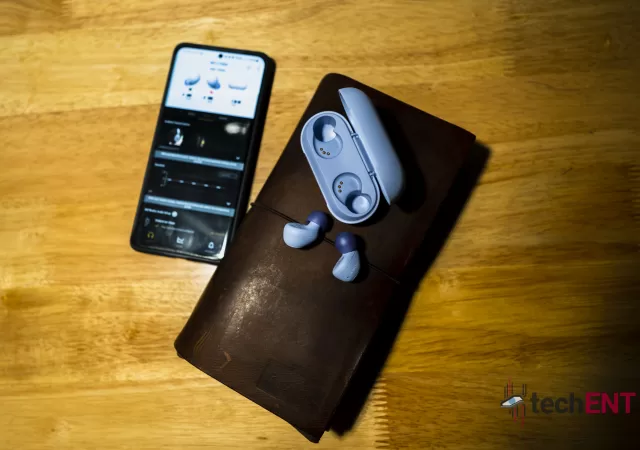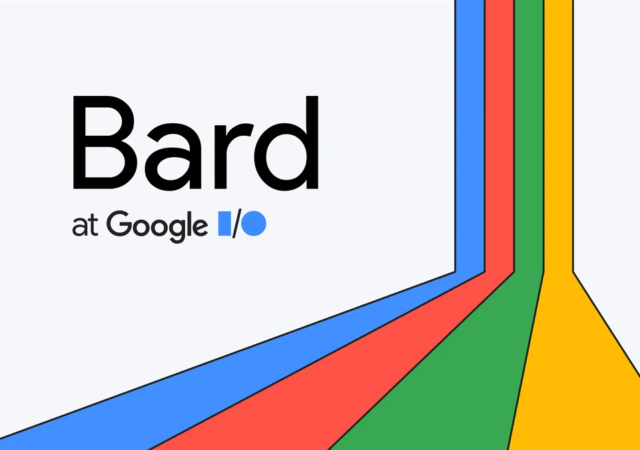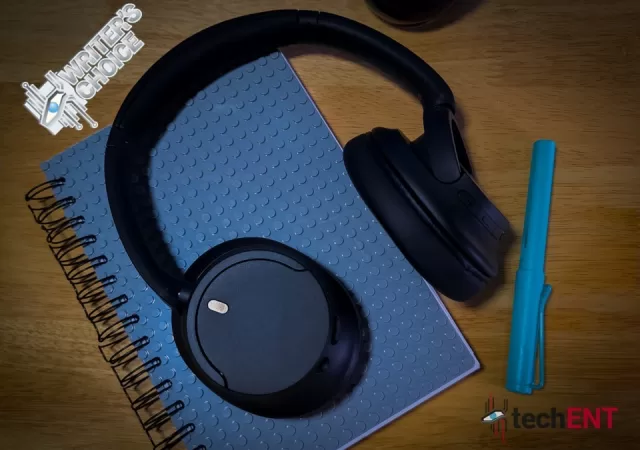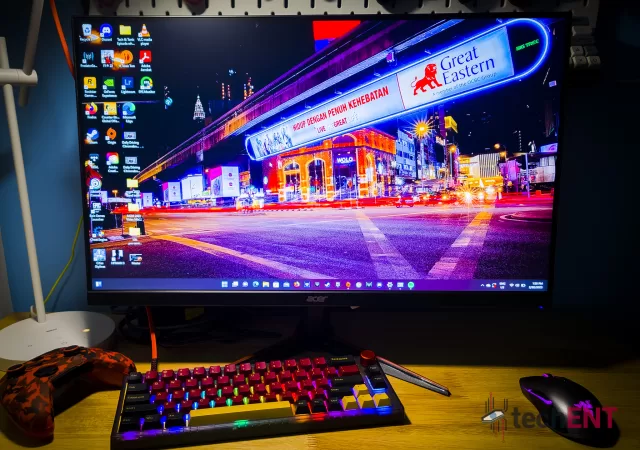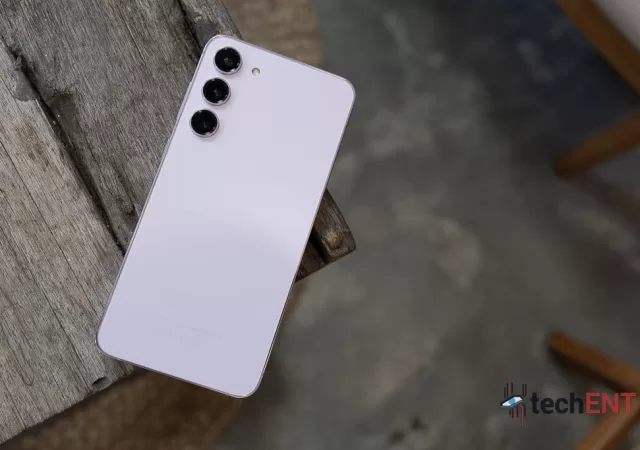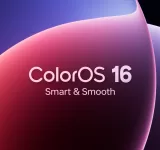Sony released the Sony ZV-1 II not too long ago at MYR 3,999. Its few added features and functions may not justify its asking price though.
Copilot-ing the Future of Work with Generative AI
Microsoft’s Work Trend Index 2023 shows a future that will see AI and humans working hand-in-hand like never before.
The Sony WF-C700N In-Depth Review – Are You Sure It’s Only MYR 549?
Sony recently announced their WF-C700N noise cancelling earbuds at MYR 549. Are they any good? We think so, and we quite like it.
Accelerating AI-driven outcomes with Powerful Super Computing Solutions
Dell Technologies’ Mak Chin Wah discusses the importance of AI in advancing human progress and how modern infrastructure must match unique requirements to optimise outcomes.
Diablo IV Is Going to Turn Sanctuary Inside Out
Get a glimpse of the highly anticipated Diablo IV with this early access beta review. Discover the revamped world of Sanctuary, dynamic NPCs, and thrilling open-world gameplay.
The Sony WH-CH720N In-Depth Review – The Budget WH-1000X
When we reviewed the WH-1000XM4 and later its successor, the WH-1000XM5, we hailed them to be the best Sony offers in terms of premium sound and noise cancelling. The WH-1000XM5 offers the best all-round noise cancelling performance while we think…
The Acer Nitro VG270 E In-Depth Review – Gaming on a Budget? Yes Please!
Acer introduced the Nitro VG270 E, a budget gaming monitor with IPS panel and 100 Hz refresh rate for the masses for MYR 549. Is it any good?
Ransomware Is at Version 3.0 – Kaspersky Has a Solution in Their XDR Platform
Ransomware was a menace in 2020 through 2022. It is becoming more of a problem in 2023 if you do not act now. Kaspersky has a solution.
The Galaxy S23 Marks the Death of Mobile Innovation at Samsung
Samsung’s latest flagship series is a sign that innovation is taking the back seat at the company in favour of Lux and pricing.





